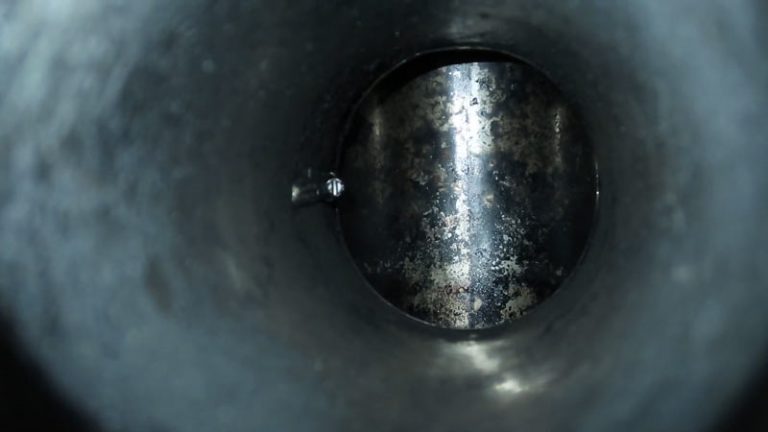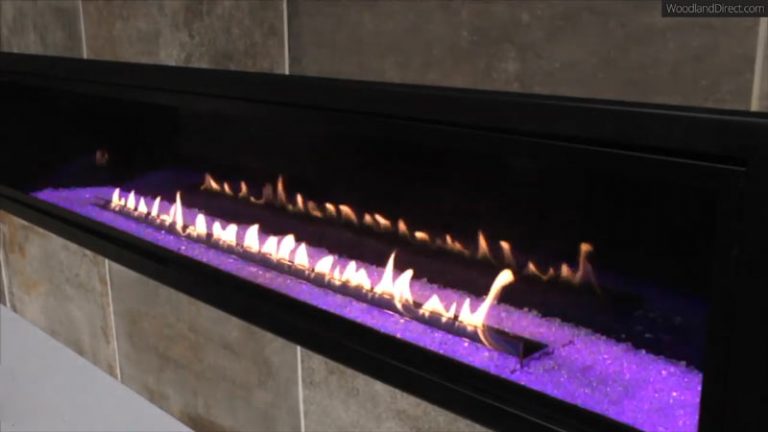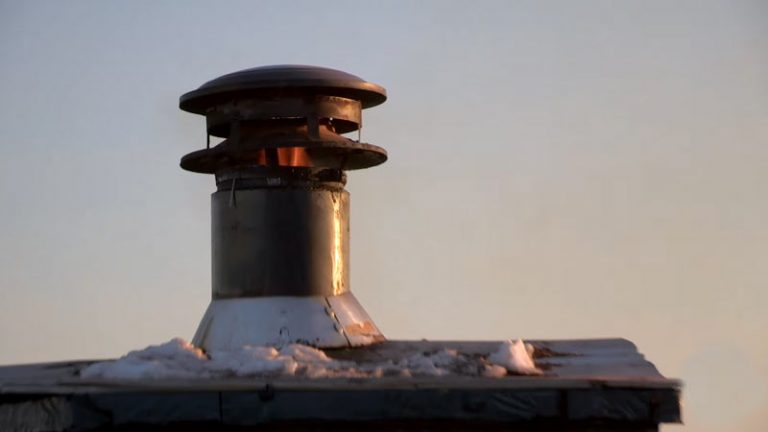Gas Fireplace Valve Stuck? Your Ultimate Guide to a Quick Fix
There’s nothing quite like the warmth and ambiance of a gas fireplace on a chilly evening. But when you reach to turn it on and the knob won’t budge, that cozy feeling can quickly turn to frustration. A gas fireplace valve stuck in place is a surprisingly common issue, but the good news is that it’s often a problem you can solve yourself with a little know-how.
This comprehensive guide will walk you through everything you need to know, from understanding the causes to implementing safe and effective solutions. We’ll explore why your valve gets stuck and provide you with actionable steps to get your fireplace roaring back to life. Before you know it, you’ll be enjoying that beautiful, consistent flame once again.
You'll Learn About
Why Is My Gas Fireplace Valve Stuck? Uncovering the Common Culprits
Before jumping into solutions, it’s essential to understand what’s causing the problem. A stuck gas fireplace valve can stem from several issues, ranging from simple fixes to more complex mechanical problems. Identifying the root cause is the first step toward a successful repair.
Often, the issue is as simple as a lack of use. Over time, especially during warmer months, the valve’s internal components can seize up from inactivity. Other times, the problem might be related to dirt, debris, or even moisture that has found its way into the valve mechanism, causing it to bind.
Lack of Regular Use
One of the most frequent reasons for a gas fireplace valve stuck is simple disuse. The internal mechanisms of a gas valve, which are often made of brass, can become stiff when they haven’t been operated for a long period. This is especially common after a long summer of inactivity.
When you attempt to turn the knob for the first time in months, you might find it requires more force than usual. In many cases, simply working the valve back and forth gently can be enough to loosen it. However, it’s crucial not to apply excessive force, as this could damage the valve or the gas line.
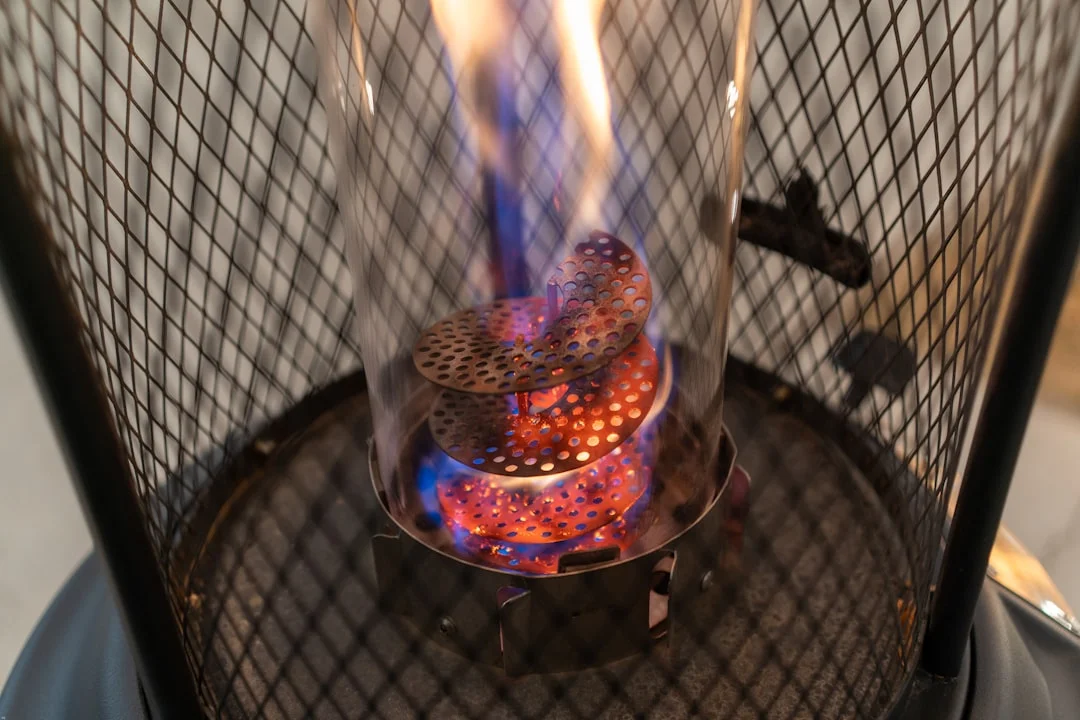
Debris and Corrosion
Another significant factor is the accumulation of dirt, dust, and other debris within the valve assembly. Over time, these particles can work their way into the tight tolerances of the valve, causing it to jam. This is particularly true for fireplaces that are not regularly cleaned and maintained.
Moisture can also lead to corrosion, which will effectively “glue” the internal parts of the valve together. If you notice any signs of rust or corrosion around the valve, it’s a strong indicator that this is the source of your problem. Proper and regular maintenance can help prevent this buildup and ensure smooth operation. For instance, knowing the proper steps for fireplace gas valve cover plate removal can help in accessing and cleaning the area.
Initial Troubleshooting Steps: What to Do First
When you first discover your gas fireplace valve is stuck, there are a few initial steps you can take to diagnose and potentially resolve the issue without needing to disassemble anything. These preliminary checks are safe for any homeowner to perform and can often save you the time and expense of a professional service call.
First and foremost, ensure the main gas supply to the fireplace is turned off. This is a critical safety measure that should always be your first step before attempting any troubleshooting. The shut-off valve is typically located on the gas line leading to the fireplace, often near the unit itself or on a nearby wall.
Gentle Persuasion and Lubrication
Sometimes, all a stuck valve needs is a little encouragement. Try gently wiggling the knob or key back and forth. The goal is to break the seal that has formed without applying enough force to cause damage. If the valve starts to move, even slightly, continue working it gently until it turns freely.
If gentle force doesn’t work, a small amount of penetrating oil can be a great help. Apply a few drops of a product like WD-40 or a silicone-based lubricant around the base of the valve stem. Allow the lubricant to penetrate for a few minutes before trying to turn the knob again. This can often dissolve any minor corrosion or dislodge debris that is causing the valve to stick.
A Step-by-Step Guide to Freeing a Stuck Gas Fireplace Valve
If the initial troubleshooting steps didn’t resolve the issue, it’s time to move on to a more hands-on approach. This section will guide you through the process of safely accessing and freeing your stuck gas fireplace valve. Remember, safety is paramount when working with gas appliances, so follow these instructions carefully.
You will need a few basic tools for this task, including an adjustable wrench, a pair of pliers, and some penetrating lubricant. It’s also a good idea to have a vacuum cleaner with a brush attachment handy for cleaning out any dust and debris you encounter. Regular cleaning is key, as buildup can lead to other issues like an uneven flame. You can learn more about how to address gas fireplace uneven flame causes and fixes in our related article.
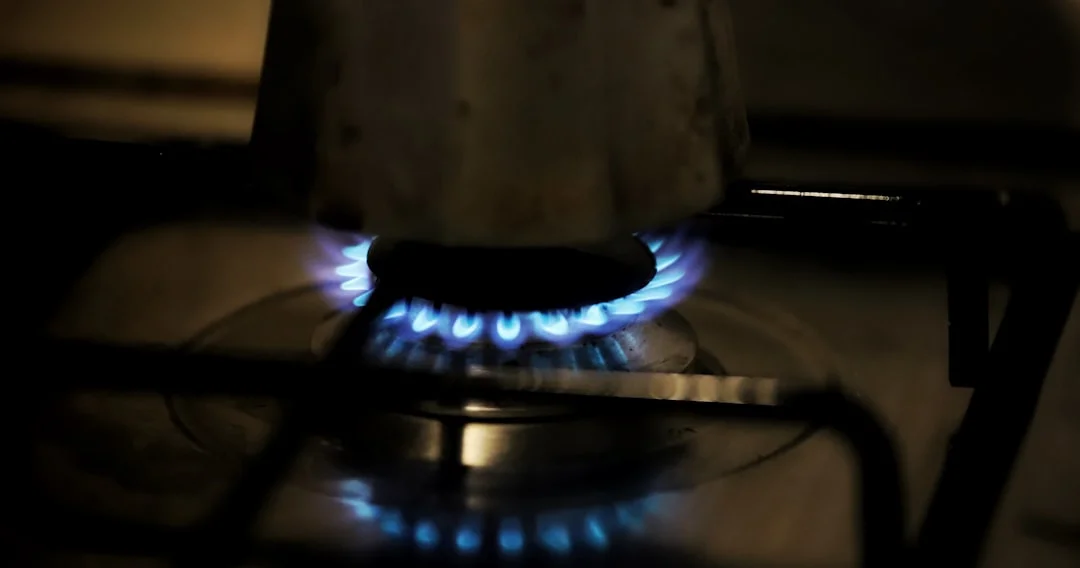
Accessing the Valve Assembly
First, you’ll need to gain access to the valve assembly. This is often located behind a decorative front panel or louvers at the bottom of the fireplace. These panels are typically held in place by clips or magnets and can be easily removed by pulling them forward. Once the panel is off, you should have a clear view of the gas valve and its connections.
Before proceeding, take a moment to inspect the area for any signs of gas leaks. A distinct “rotten egg” smell is a tell-tale sign of a leak. If you smell gas, do not proceed any further. Immediately turn off the main gas supply to your home, open windows to ventilate the area, and call a qualified gas technician from a safe location.
Applying Leverage and Cleaning
With the gas supply turned off and the area confirmed to be safe, you can now attempt to free the valve. Using a pair of pliers, grip the base of the valve stem firmly. Be careful not to grip it so tightly that you damage the metal. While holding the stem, try to turn it gently with the pliers. The additional leverage may be enough to break it free.
If the valve remains stuck, reapply your penetrating lubricant and let it sit for a bit longer. While you wait, use your vacuum’s brush attachment to thoroughly clean the area around the valve. Removing any accumulated dust and debris can sometimes be all that’s needed to allow the valve to move freely again.
| Problem | Likely Cause | Solution |
|---|---|---|
| Valve is slightly stiff but will turn with effort. | Lack of use. | Gently work the valve back and forth to loosen it. |
| Valve is completely seized and won’t budge. | Corrosion or significant debris buildup. | Apply penetrating lubricant and use pliers for leverage. |
| Valve turns but gas does not flow. | Internal valve failure or blockage in the gas line. | Call a professional technician. |
| You smell gas around the valve area. | Potential gas leak. | Turn off the main gas supply immediately and call for professional help. |
When to Call a Professional for a Stuck Gas Valve
While many cases of a stuck gas fireplace valve can be resolved with a bit of DIY effort, there are situations where calling in a professional is the safest and most effective course of action. It’s important to recognize your limitations and to prioritize safety above all else. Working with gas lines and appliances can be dangerous if you’re not experienced.
If you’ve tried all the steps outlined above and the valve still won’t move, it’s time to call a qualified gas fireplace technician. Applying excessive force can lead to a broken valve, which is a much more serious and expensive problem to fix. A professional has the right tools and expertise to handle the situation without causing further damage.
Signs That You Need an Expert
One of the most critical signs that you need professional help is the smell of gas. As mentioned earlier, this indicates a potential leak and should be addressed immediately by a qualified technician. Do not attempt any further repairs yourself if you suspect a gas leak.
Another indicator is if the valve itself appears to be damaged or severely corroded. In such cases, the valve will likely need to be replaced, which is a job best left to a professional. They can ensure the new valve is installed correctly and that there are no leaks. And if you’ve ever dealt with the frustration of a lost remote, you’ll be glad to have an expert on hand; you might want to read about what to do if you did you lose your fireplace remote heres what to do.
The Importance of Regular Maintenance
To prevent your gas fireplace valve from getting stuck in the future, regular maintenance is key. An annual inspection and cleaning by a qualified technician can help keep all the components of your fireplace in good working order. They can lubricate the valve, clean out any debris, and check for any potential issues before they become major problems.
By being proactive with maintenance, you can ensure your gas fireplace is always ready to provide warmth and comfort when you need it most. A little preventative care can go a long way in avoiding the frustration of a stuck valve and ensuring the safe and efficient operation of your fireplace for years to come.


